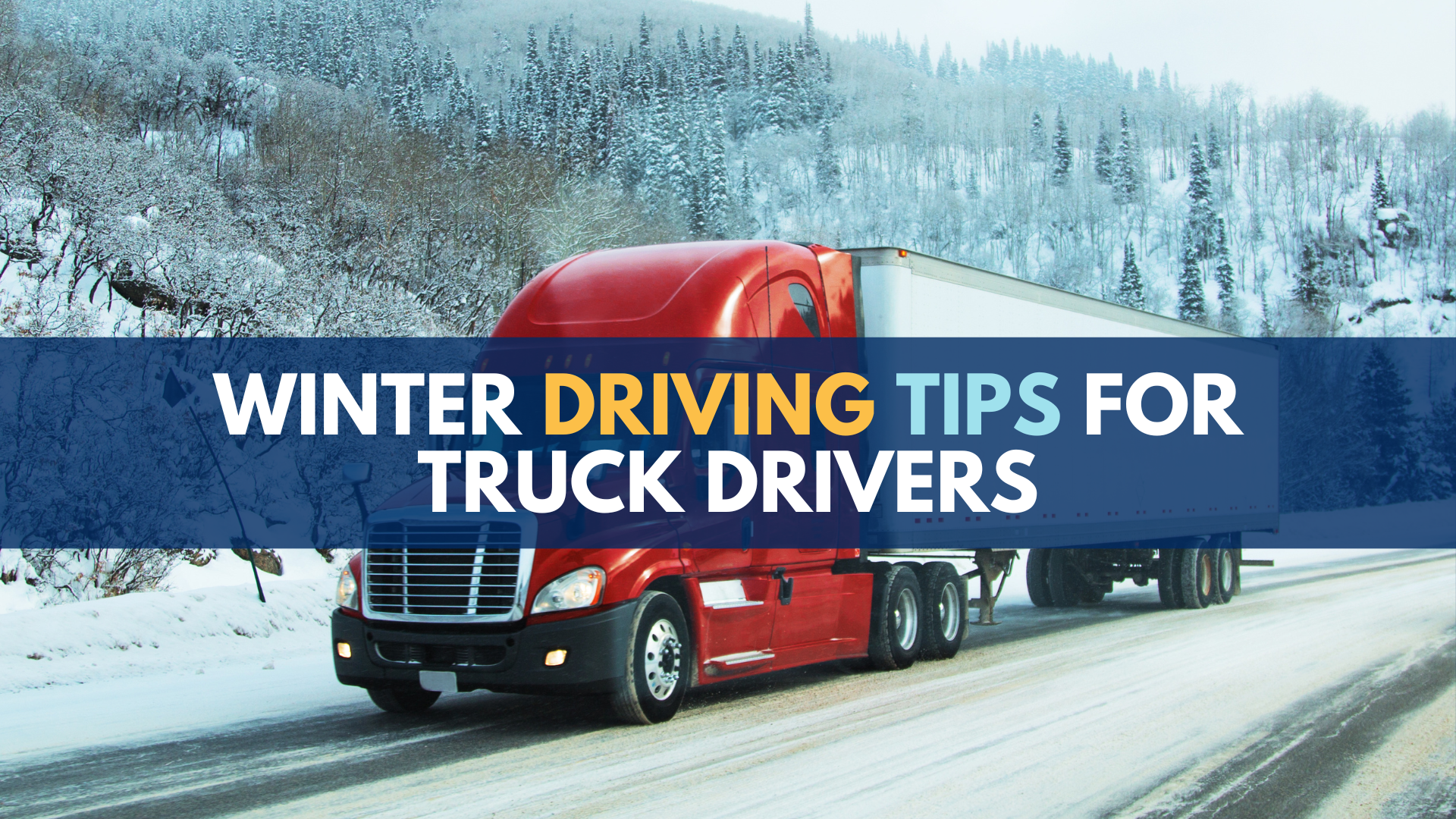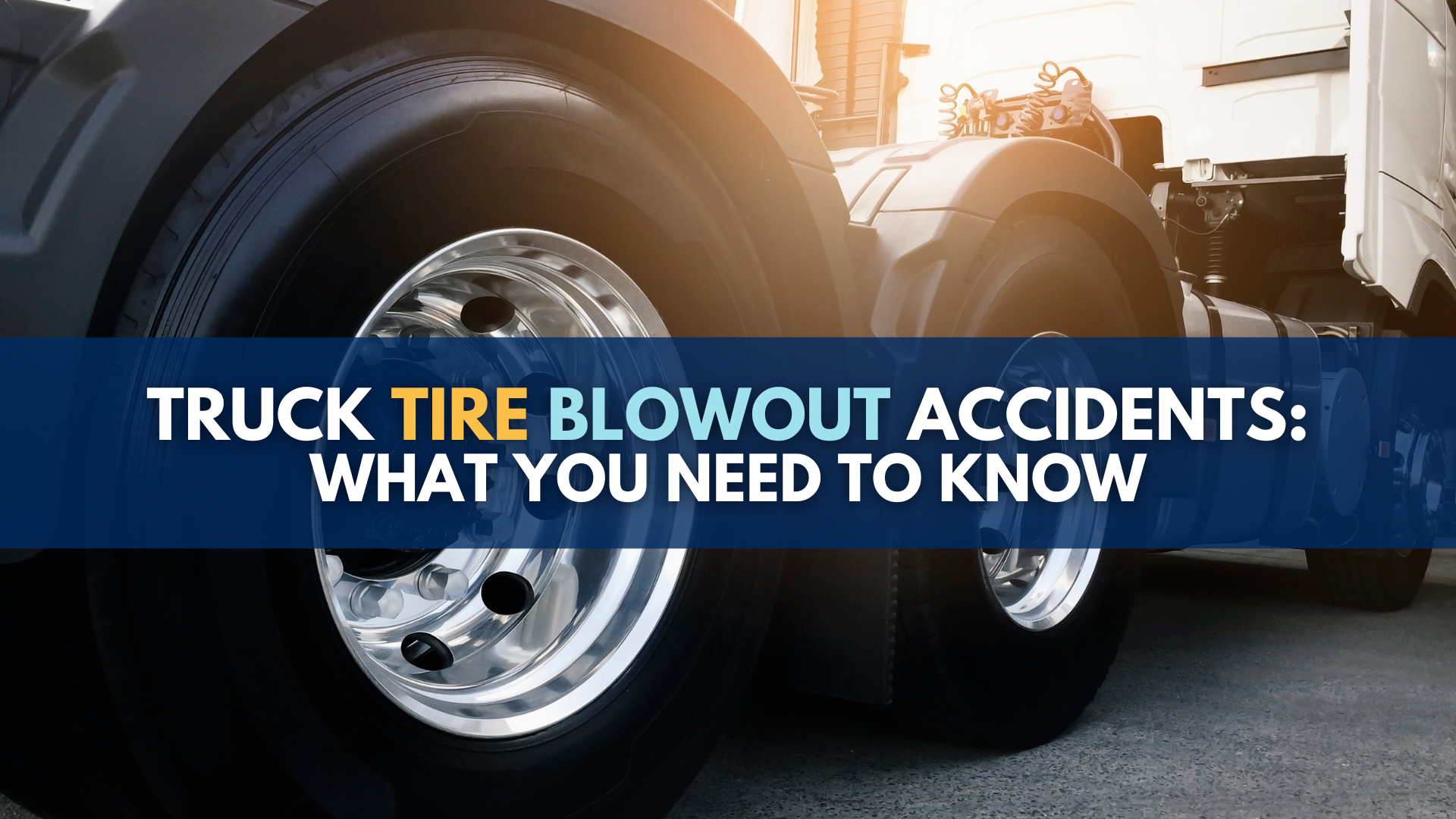Trucking company lawyers try to reclassify truckers who cause wrecks as independent contractors (after the fact). Know the factors that determine ‘employee’ status to stop trucking companies from misclassifying truckers to avoid liability for truck accidents

There’s a new trend I’m seeing in my truck injury lawsuits.
It involves trucking companies and their insurance defense lawyers attempting to dodge being held responsible for the injuries caused when one of their truckers causes a wreck. They are attempting to avoid responsibility through “misclassification of employment status.”
What does that mean? It means that a trucking company is trying to misclassify a truck driver – who is really an employee – as an “independent contractor.” The hope is that this might help the trucking company and the insurance carrier avoid full liability for truck wrecks.
This, the argument goes, helps them avoid being held liable under the doctrine of respondeat superior (or vicarious liability) which says that an employer is liable for the injuries, losses and damages caused by an employee’s negligence.
For experienced truck accident attorneys, the key to protecting our clients against this deceitful conduct is to be familiar with the commonly-accepted 20 factors that distinguish “employees” from “independent” contractors, and knowing its serious consequences.
Is a trucker an employee or independent contractor?
Below are the 20 factors that the IRS identified in its Revenue Ruling 87-41 for “determining whether an employer-employee relationship exists” as opposed to an “independent contractor” scenario:
- Instructions: If the person for whom the services are performed has the right to require compliance with instructions, this indicates employee status.
- Training: Worker training (e.g., by requiring attendance at training sessions) indicates that the person for whom services are performed wants the services performed in a particular manner (which indicates employee status).
- Integration: Integration of the worker’s services into the business operations of the person for whom services are performed is an indication of employee status.
- Services rendered personally: If the services are required to be performed personally, this is an indication that the person for whom services are performed is interested in the methods used to accomplish the work (which indicates employee status).
- Hiring, supervision, and paying assistants: If the person for whom services are performed hires, supervises or pays assistants, this generally indicates employee status. However, if the worker hires and supervises others under a contract pursuant to which the worker agrees to provide material and labor and is only responsible for the result, this indicates independent contractor status.
- Continuing relationship: A continuing relationship between the worker and the person for whom the services are performed indicates employee status.
- Set hours of work: The establishment of set hours for the worker indicates employee status.
- Full time required: If the worker must devote substantially full time to the business of the person for whom services are performed, this indicates employee status. An independent contractor is free to work when and for whom he or she chooses.
- Doing work on employer’s premises: If the work is performed on the premises of the person for whom the services are performed, this indicates employee status, especially if the work could be done elsewhere.
- Order or sequence test: If a worker must perform services in the order or sequence set by the person for whom services are performed, that shows the worker is not free to follow his or her own pattern of work, and indicates employee status.
- Oral or written reports: A requirement that the worker submit regular reports indicates employee status.
- Payment by the hour, week, or month: Payment by the hour, week, or month generally points to employment status; payment by the job or a commission indicates independent contractor status.
- Payment of business and/or traveling expenses: If the person for whom the services are performed pays expenses, this indicates employee status. An employer, to control expenses, generally retains the right to direct the worker.
- Furnishing tools and materials: The provision of significant tools and materials to the worker indicates employee status.
- Significant investment: Investment in facilities used by the worker indicates independent contractor status.
- Realization of profit or loss: A worker who can realize a profit or suffer a loss as a result of the services (in addition to profit or loss ordinarily realized by employees) is generally an independent contractor.
- Working for more than one firm at a time: If a worker performs more than de minimis services for multiple firms at the same time, that generally indicates independent contractor status.
- Making service available to the general public: If a worker makes his or her services available to the public on a regular and consistent basis, that indicates independent contractor status.
- Right to discharge: The right to discharge a worker is a factor indicating that the worker is an employee.
- Right to terminate: If a worker has the right to terminate the relationship with the person for whom services are performed at any time he or she wishes without incurring liability, that indicates employee status.
Respondeat Superior – also known as ‘vicarious liability’
Michigan, like many, states recognize the legal doctrine known as respondeat superior or vicarious, which imposes liability on employers for the negligent acts of their employees.
Specifically, respondeat superior provides:
“An employer is generally liable for the torts [or “wrongful acts”] its employees commit within the scope of their employment.” Hamed v. Wayne County Sheriff, 490 Mich 1; 830 NW2d 237 (2011); Rogers v. JB Hunt Transport, Inc., 466 Mich 645, 650-651; 649 NW2d 23 (2002).
Related info:
Insurance for trucking employees and independent contractors


